Technology | GK Olympiad for Class 8 PDF Download
| Table of contents |

|
| Basics of Computers |

|
| Output Devices |

|
| Basics of Windows |

|
| Search Engines and Internet Basics |

|
Basics of Computers
Input Devices
Input devices are used to enter data into a computer or other systems. They allow users to control and provide data to the computer to perform specific tasks.
1. Keyboard
- Function: Allows users to input text and commands into the computer.
- Example: Typing an essay, entering commands in a software program, or using shortcut keys.
2. Mouse
- Function: A pointing device that lets users interact with the graphical user interface by moving a cursor and selecting items on the screen.
- Example: Clicking icons to open programs, dragging files to move them between folders, or playing video games.
3. Scanner
- Function: Converts hard copy documents and images into digital format.
- Example: Scanning a photograph to upload it to a digital archive or scanning a document to email it.
4. Microphone
- Function: Captures audio and converts it into digital data for the computer to process.
- Example: Recording voice for a podcast, participating in video calls, or using voice recognition software.
5. Webcam
- Function: Captures video and still images; often used with video conferencing software.
- Example: Attending virtual meetings, recording vlogs, or streaming live video.
6. Touch Screen
- Function: Allows users to interact directly with what is displayed, rather than using a mouse or keyboard.
- Example: Touching a smartphone screen to navigate, or using an interactive kiosk at a museum.
Output Devices
Output devices return processed data from the computer to the user in various forms, including audio, visual, and hard copy.

1. Monitor
- Function: Displays visual output from the computer.
- Example: Viewing web pages, watching videos, or seeing the user interface of software applications.
2. Printer
- Function: Produces a hard copy of digital documents, images, or graphics.
- Example: Printing a report, creating photo prints, or producing tickets for an event.
3. Speakers
- Function: Output sound from the computer.
- Example: Listening to music, hearing sound effects in video games, or receiving audio from a video conference.
4. Headphones
- Function: Personal audio output device for listening to sound from the computer.
- Example: Listening to music, participating in a webinar, or playing video games without disturbing others.
5. Projector
- Function: Projects video output from the computer onto a larger screen or surface.
- Example: Presenting slides in a classroom or conference room, or projecting a movie in a home theater setup.
These devices enhance the functionality and usability of computer systems, making them more accessible and efficient for various tasks in personal, educational, and professional settings. They are crucial for interfacing with the digital world, providing a bridge between the user and the computer's internal operations.
Basics of Windows
Microsoft Office Suit
Microsoft Office tools like MS Word, MS Paint, and MS PowerPoint are widely used across the world and offer a range of functionalities for various tasks. Understanding these tools not only enhances productivity but also serves as valuable knowledge for competitions like General Knowledge Olympiads. Here are detailed explanations of these tools, including important facts that might be highlighted in such competitions.
MS Word
Introduction: Microsoft Word is a word processing software first released in 1983. It is part of the Microsoft Office suite and is used for creating, editing, formatting, and sharing documents.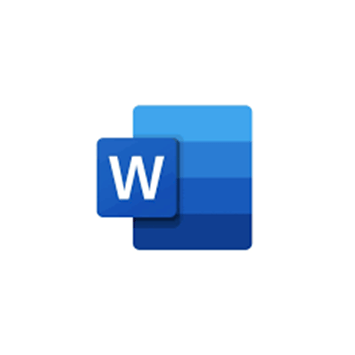
Key Features:
- Templates and Formatting Tools: Offers a variety of templates and formatting options to create professional-looking documents.
- Track Changes: Allows multiple users to make edits and comments, which is useful for collaborating on documents.
- Mail Merge: Useful for sending bulk mailings, allowing the same letter to be customized and sent to different recipients easily.
Important Facts:
- First Release: Initially released for the Xenix system in 1983.
- Rich Text Format (RTF): Introduced by Microsoft in 1987 to enable cross-platform document interchange with Word.
- Clippy: The infamous paperclip assistant, introduced in Office 97, was designed to help users but was widely criticized and later removed in Office 2007.
MS Paint
Introduction: Microsoft Paint is a simple graphics editing program that has been included with all versions of Microsoft Windows since its introduction in 1985.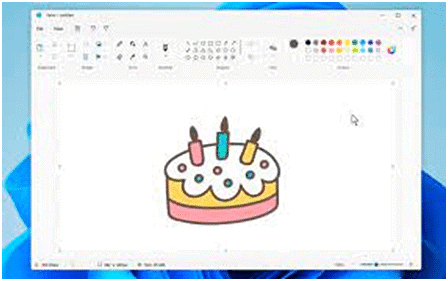
Key Features:
- Basic Graphic Editing Tools: Includes tools like pencil, brush, and eraser for simple drawing tasks.
- Color and Text Options: Allows users to paint in both solid colors and patterns, and add text in various fonts.
- Image Manipulation: Provides abilities to crop, resize, rotate, and skew images.
Important Facts:
- First Release: Originally introduced as Paintbrush in Windows 1.0 in 1985.
- Survival: Despite being declared 'deprecated' and considered for removal in 2017, public support led to its continuation, now available in the Microsoft Store.
- Format Support: Supports bitmap (BMP), JPEG, GIF, PNG, and TIFF image formats.
MS PowerPoint
Introduction: Microsoft PowerPoint is a powerful presentation program used to create slideshow presentations that was first released in 1987. It is extensively used in business and classroom settings for presenting information in a structured, visual format.
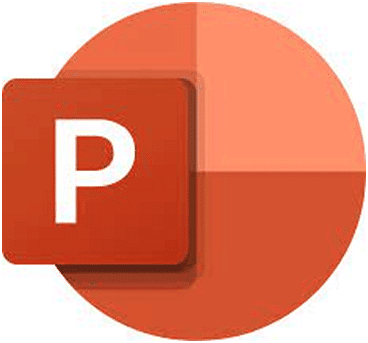
Key Features:
- Slides: Users can add text, images, videos, and more to individual slides.
- Templates and Design: Comes with pre-designed slide templates and themes to enhance the visual appeal of presentations.
- Transitions and Animations: Offers various slide transition effects and animations to make presentations more dynamic.
Important Facts:
- Acquisition: Originally developed by Forethought, Inc., PowerPoint was acquired by Microsoft in 1987 for $14 million, becoming the first significant acquisition by Microsoft.
- Versions: Has been regularly updated to include new features like integrated multimedia support, advanced transition options, and the ability to export presentations in various formats.
- Market Impact: Dominates the presentation software market, being used in over 95% of presentation software markets.
These facts and features provide a comprehensive view of these Microsoft Office tools, reflecting their importance and utility in various professional, educational, and personal settings, and are relevant for GK Olympiads and similar competitions.
Search Engines and Internet Basics
Here’s a list of some notable search engines and the year they were first introduced:
Archie (1990)
The first search engine, Archie, was created by Alan Emtage, a student at McGill University. It was designed to index FTP archives, allowing people to find specific files.
Veronica (1992)
Named after the character Veronica Lodge from the Archie comics, Veronica was a search engine for the Gopher protocol, which indexed text files on Gopher servers.
Aliweb (1993)
Aliweb (Archie Like Indexing for the WEB) is considered one of the first web search engines and allowed website owners to submit their pages to be indexed, relying on meta information to find websites.
Yahoo! Search (1994)
Yahoo! began as a directory of other websites, organized in a hierarchy, as opposed to a searchable index of pages. Over the years, Yahoo! transitioned into a full-fledged search engine.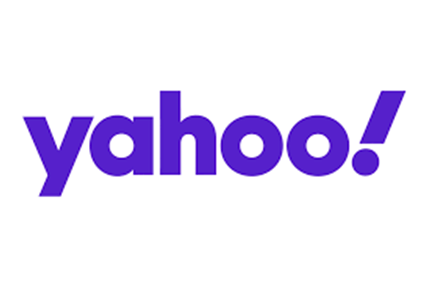
Lycos (1994)
Developed at Carnegie Mellon University by Michael Mauldin, Lycos started as a research project and quickly evolved into a comprehensive Internet search engine, known for its large catalog of websites.

AltaVista (1995)
Created by Digital Equipment Corporation's network systems laboratory, AltaVista was highly popular in the late 1990s and was known for its fast search capabilities and ability to handle natural language queries.
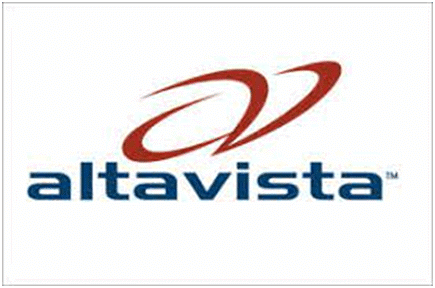
Google (1997)
Founded by Larry Page and Sergey Brin as part of a research project at Stanford University, Google became known for its PageRank algorithm, which ranked websites based on the quality and quantity of links to them. Google rapidly became the dominant search engine due to its simple interface and relevant search results.
Bing (2009)
Developed by Microsoft, Bing replaced earlier search engines like MSN Search and Live Search. It introduced features like search suggestions and a listing of related searches.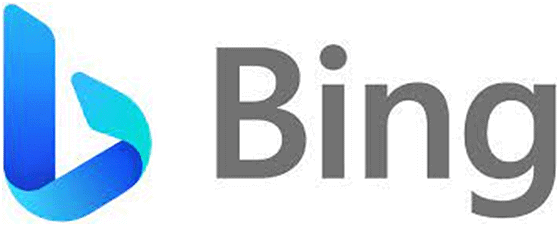
Internet Protocols
- HTTP (HyperText Transfer Protocol): The foundation of data communication for the web, used for loading web pages using hyperlinks.
- HTTPS (HTTP Secure): An extension of HTTP that uses SSL/TLS to encrypt data for secure communication.
Network Topology
Network topology refers to the layout or organizational hierarchy of interconnected nodes of a computer network. Various network topologies can be employed, and each has its own characteristics and uses. Here are the main types:
- Bus Topology: In this topology, all the nodes (computers, servers, etc.) are connected to a single communication line or cable. Signals from the source travel in both directions to all machines in the network until they find the intended recipient. If the central cable fails, the entire network goes down.
- Star Topology: Every node in the network is connected to a central node called the hub, switch, or router. Communication between nodes passes through this central hub. This topology is easy to install and manage but if the central node fails, the whole network is affected.
- Ring Topology: Each node connects exactly to two other nodes, forming a ring. Data travels in one direction around the ring. Each device has a repeater which regenerates the data and sends it to the next node. If one node fails, the entire network can be disrupted.
- Mesh Topology: In this topology, nodes are interconnected with many redundant interconnections between network nodes. In a full mesh topology, each node is connected to every other node in the network. This topology provides a high level of redundancy, but it is expensive and complex to install.
- Tree Topology: This is a variation of a star topology in which the hubs are connected to a higher level hub. It resembles a tree structure, where the central hub acts as the trunk and the hubs at the next level are the branches. It is used in large networks.
- Hybrid Topology: This is a combination of two or more topologies. For example, a large network might implement a star topology in each department, and the departments might be connected to each other in a ring topology. This allows for scalability and flexibility in the network design.
Each topology suits different scenarios based on factors such as scale, intended use, and desired reliability and performance.
|
16 videos|12 docs|37 tests
|
FAQs on Technology - GK Olympiad for Class 8
| 1. What are some common output devices used in computers? |  |
| 2. How can I adjust the display settings on Windows? |  |
| 3. What are some popular search engines used on the internet? |  |
| 4. How can I connect to the internet on my computer? |  |
| 5. What is the purpose of technology classes in schools? |  |















